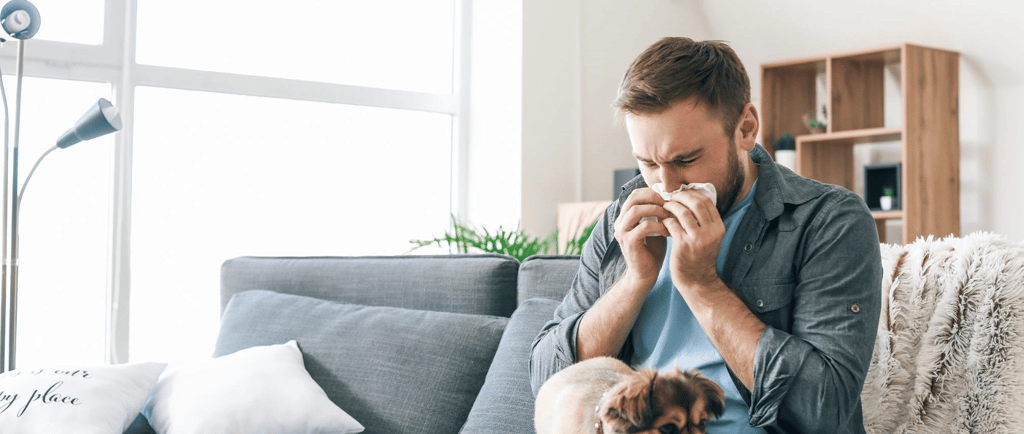What can I do if I have a dust mite allergy? Tips and tricks
Tips and strategies to reduce dust mite allergies in your home, including using dehumidifiers, washing bedding, and considering immunotherapy.
4/14/20242 min read


Dust mites, though tiny and invisible to the naked eye, can have a big impact on people with allergies. These little critters thrive in warm, humid environments and feed on human and animal skin flakes. For those allergic to dust mites, exposure can lead to sneezing, runny or blocked nose, itchy eyes, and sometimes even asthma symptoms. But fear not! Here are some practical tips and tricks to minimise exposure and alleviate symptoms, making your home a more comfortable place to live.
Reduce Humidity
Dust mites love humidity, so one of the first steps you can take is to reduce the humidity levels in your home. Use a dehumidifier to keep the humidity below 50%, making your home less hospitable to dust mites.
Use allergy-proof covers
Allergy-proof covers can help reduce exposure to dust mites in mattresses, pillows, and duvets. These covers are made of tightly woven fabric that prevents dust mites from colonising or escaping from your bedding. Using these covers is an effective way to reduce your exposure to dust mites while you sleep. invest in allergy-proof covers for mattresses, pillows, and duvets. these covers are made of tightly woven fabric that prevents dust mites from colonizing or escaping from your bedding. This is an effective way to reduce exposure while you sleep.
Wash bedding regularly
Wash all bedding in hot water (at least 60°C) every week to kill dust mites and remove allergens. Don't forget to include any soft toys your children might take to bed, as these can also harbour dust mites.
Vacuum and dust regularly
To effectively remove dust mites and their allergens from floors and upholstered furniture, use a vacuum cleaner with a HEPA filter. Additionally, dust with a damp or microfiber cloth to trap and remove allergens without spreading them into the air.
Consider allergy medicines
Allergy medications can assist in managing symptoms. Saline nasal sprays are helpful in flushing out allergens from the nose. For those with more troublesome reactions, antihistamine pills and prescription nasal sprays containing corticosteroids can reduce inflammation in the nasal passages. Allergen immunotherapy is only recommended for those with severe symptoms.
Reduce clutter
Clutter collects dust and provides more places for dust mites to live. Decluttering your home can reduce dust accumulation and make it easier to keep surfaces clean.
Replace carpets with hard flooring
Where possible, replace carpets with hard floors, especially in bedrooms. Carpets can trap dust mites and their allergens, making them difficult to remove, even with vacuuming.
Use air purifiers
Air purifiers with HEPA filters can remove a significant amount of dust mite allergens from the air. Place them in key areas, especially bedrooms, to help reduce airborne allergens.
Seek professional advice
If your symptoms persist despite these measures, it may be worth seeing a healthcare professional at Airyn. We can offer tailored advice and may suggest other allergy treatment options, such as allergy drops (immunotherapy), which gradually desensitise your body to house dust mite allergens.
Conclusion
Living with a dust mite allergy can be challenging, especially during peak allergy seasons. However, by implementing these tips and tricks, you can significantly reduce dust mite allergens in your home, making it a more comfortable place to live. Remember, managing a dust mite allergy is about consistent effort in reducing exposure to allergens and using the right allergy relief strategies to keep symptoms at bay.
